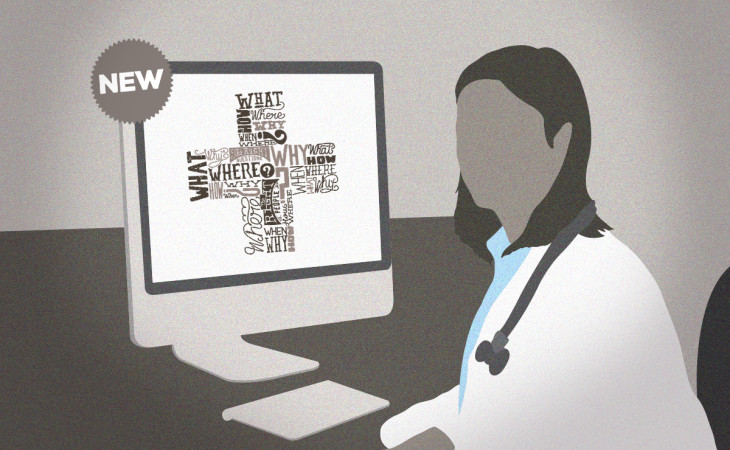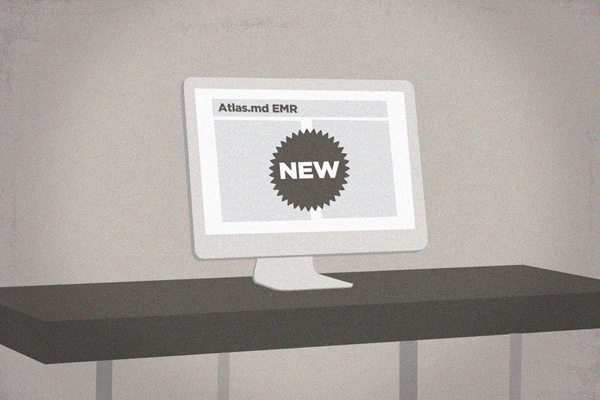Point-of-Sale Billing Integration
The Atlas.md EMR is adapting to how its customers operate their clinics – one of the many great liberties the Direct Care business model allows us to take! This release, we focused on integrating Point-of-Sale Billing with Subscription-Based Billing, which means clinics can now more easily charge patients at the time of service if they choose. Get the details over here!
Growth Chart Improvements!
Since adding growth charts to the EMR, we’ve improved their functionality by allowing you to add past history information, and print and/or email them. Read more about how to get deeper and more precise analysis from growth charts here.
Improved Fax Layout
We’ve added information to the repeating header and footer on faxes. This means we’re increasing compliance with a few states who have specific (and rather strict!) prescription rules. The information has also been condensed to make it less likely for the prescription to span across multiple pages. Less confusion at the pharmacy is a good thing!
SMS Auto-Responder for Out of Office Time
A friend of the email “away message,” now you can easily set an auto-response SMS message when you’re going to be out of the office. Set the end date for when you’ll be back, and we’ll automatically turn your response off, too. Learn the details here!
Improvements on Current Medications
We now offer the option for users to keep prescribed medications permanently in your patient’s current medications list. Right where you expect them to be.
Subscription Charge Previews
When adding new users to your account, now you’ll know exactly how much you’ll be charged this month with the proration estimate, as well as what your future monthly charges will be with the addition of the new user. Transparency is key, right? Learn more about the charge preview over here.
New Lab Billing Report
Now you can view all your lab charges in one easy view, including a list of all labs ordered in the selected date range specifying the patient involved and the price charged. Learn more here!
Performance Upgrades!
We spent time behind the scenes making the EMR faster, and better. But you should notice some of the changes on your end, too – like how the dashboard loads about nine times faster than it used to! We don’t like waiting; we know you don’t, either.





